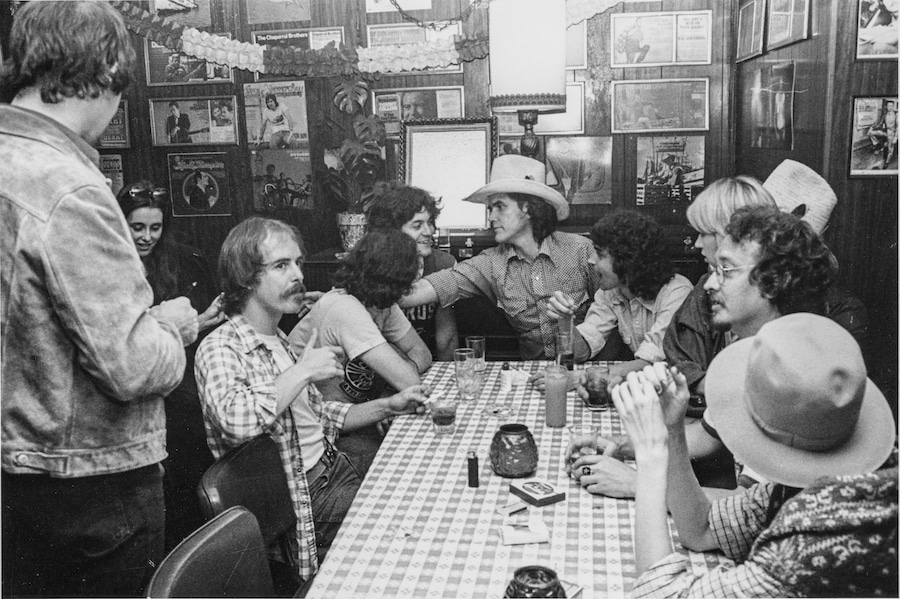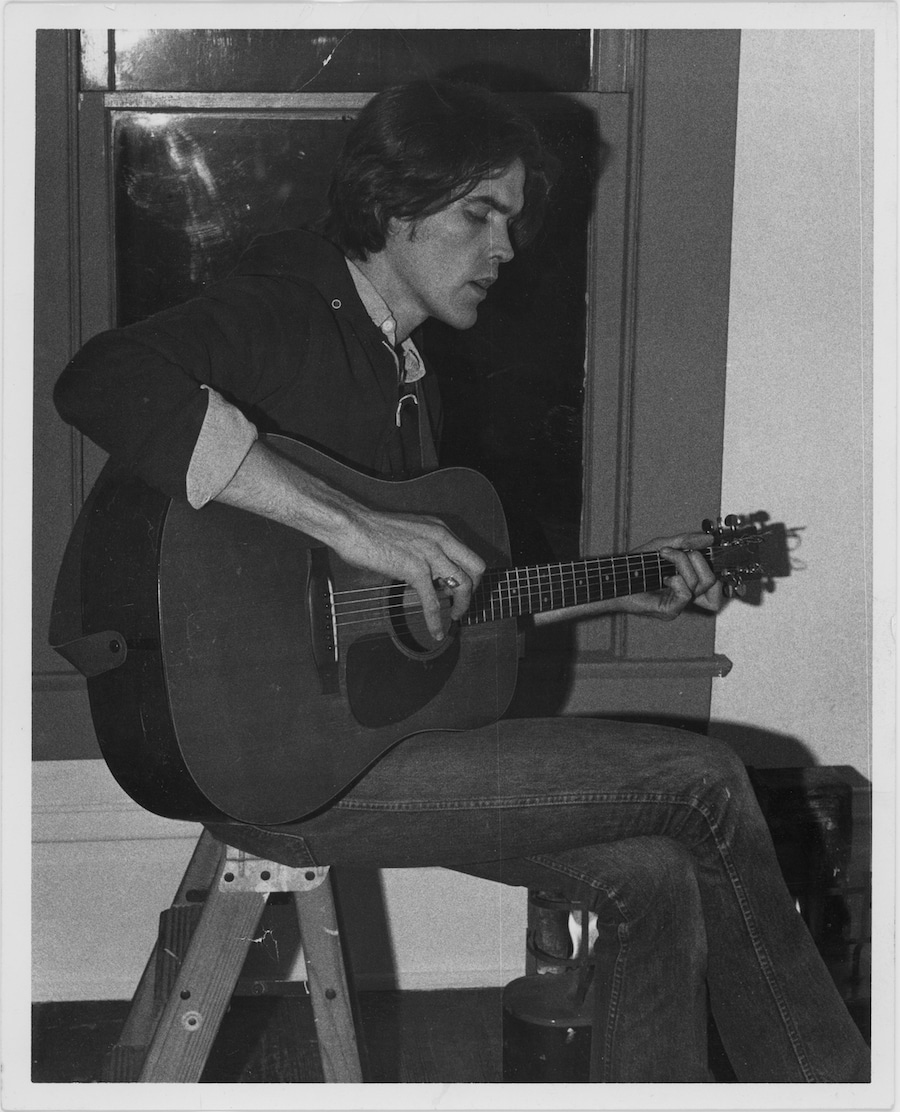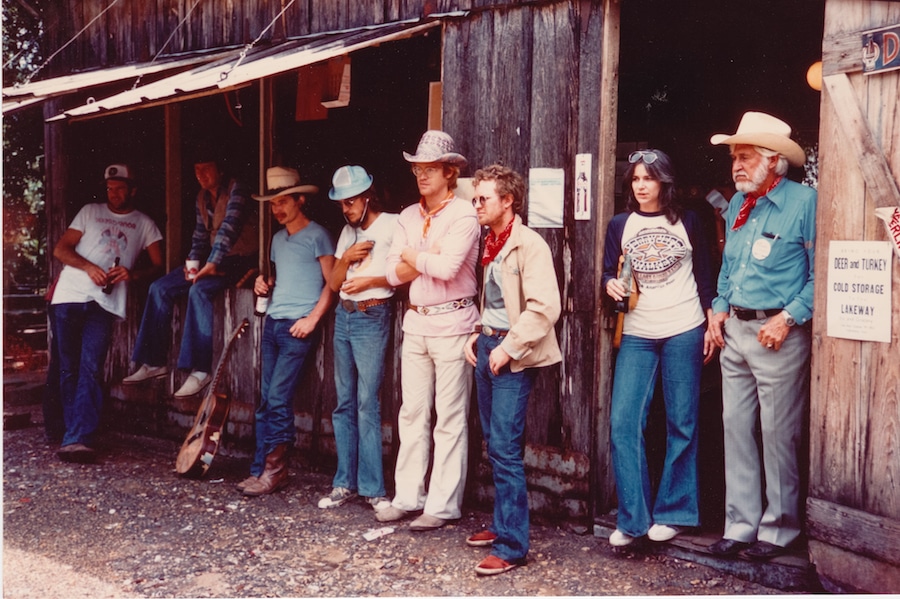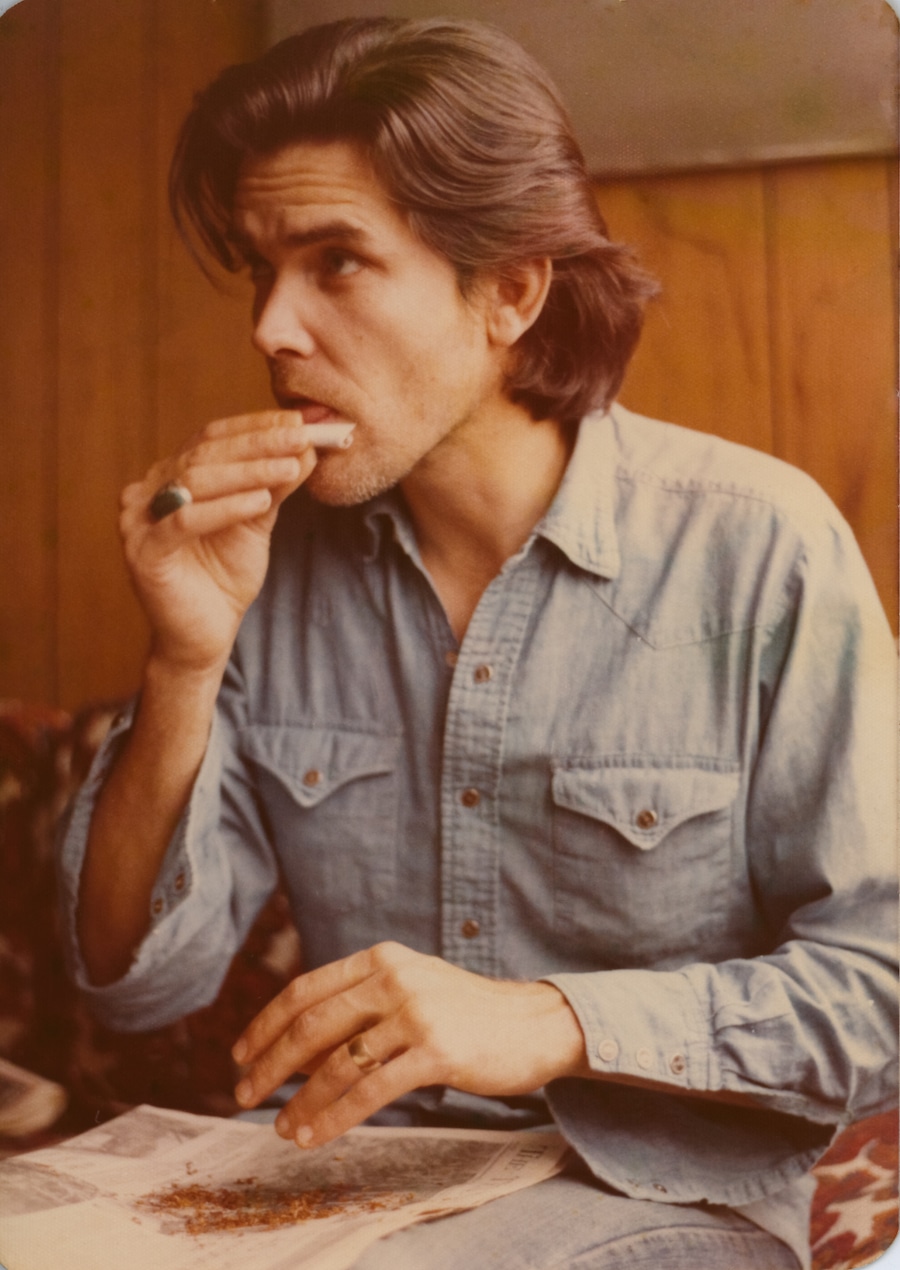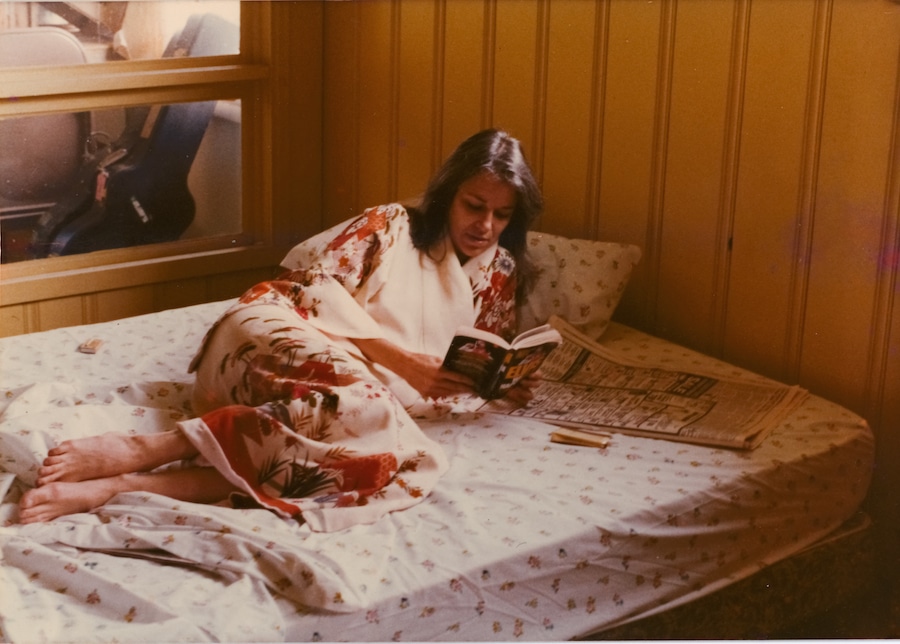
Videos by American Songwriter
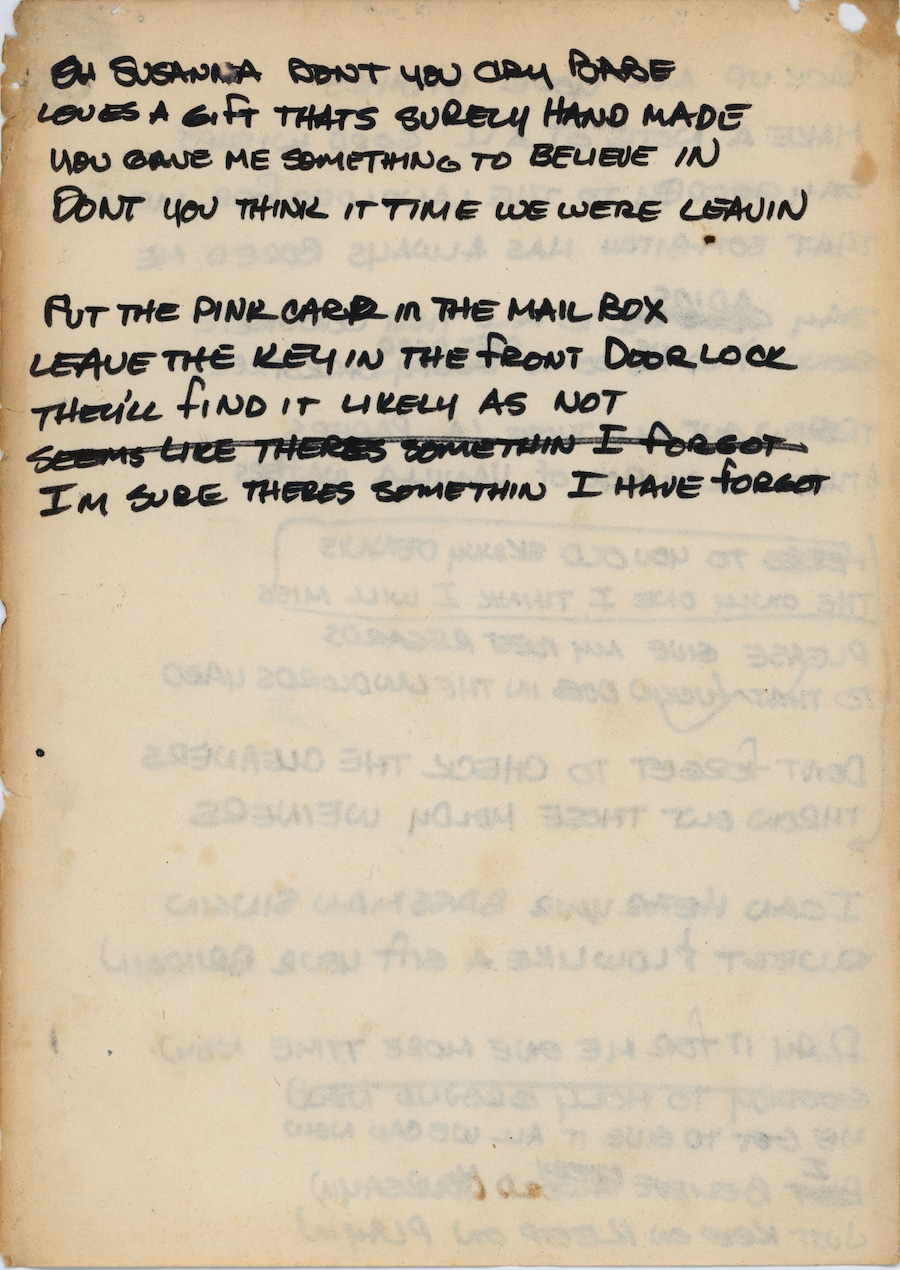
In November of 1974 another Texas boy, nineteen-year-old Steve Earle, hitchhiked to Nashville. Earle was tired, hungry, thirsty, and down to his last six dollars when his ride left him near I-40 and West End. As luck would have it, Robert Altman was in town filming his opus Nashville.
“They needed the crowd scene in Centennial Park and were advertising dime hot dogs and nickel Cokes,” Earle says.
I thought, There’s lunch and dinner. I bought all the dime hot dogs and nickel Cokes I could drink and eat. I asked somebody, ‘Where can I go pass the hat and play?’ They pointed me to Bishop’s Pub. I walked in Bishop’s and Richard Dobson was behind the bar. I knew Richard from Texas because Richard and David Olney had played the University of Houston coffeehouse. Richard was the first familiar face I saw in Nashville. I hung out, and later Guy and Susanna came in. There was a poolroom in the back of Bishop’s. Somebody took me back there and introduced me to Guy. I knew who Guy was for a long time before I met him. I used to play Sand Mountain Coffeehouse when it was on its last legs. There was a mural in the back room; it was Guy, Townes, Don Sanders, Jerry Jeff Walker, and Mickey Newbury. The place was usually empty when I played, so you could see the mural really, really fucking good. It was like Mount Rushmore. It was a really, really big deal. I had an automatic verbal letter of introduction from Townes Van Zandt. I met Townes at Jerry Jeff ’s thirty-second birthday party that I crashed.
As with Guy and Rodney Crowell before him, the promise of Nashville seduced Steve Earle. Bob Dylan’s recordings and Kristofferson’s songwriting success represented a changing of the guard.
“Kris Kristofferson was the first person I saw that made me think that maybe I didn’t have to go to New York, I could go to Nashville,” Earle says. “The business knew what to do with “Help Me Make It through the Night,” and they let Kristofferson write “The Silver Tongued Devil and I.”
As Nashville’s reputation as a hub for the hippie creative class grew, scores of artists streamed there and spread all over town. “McGuire’s studio was ground zero as a songwriter hangout when I got to town,” Earle says.
The outlaw scene unfolded at “Hillbilly Central,” a studio owned by brothers Chuck, Jim, and Tompall Glaser. Cowboy Jack Clement, who wrote Johnny Cash’s hits “Ballad of a Teenage Queen,” “Guess Things Happen That Way,” and “The One on the Right Is on the Left” and had introduced Kristofferson to Cash, was making records with Townes and Waylon Jennings over at his cosmic empire JMI, where John Lomax III ran the publicity department. Musician, music publisher, and producer Pete Drake laid the groundwork for playing steel guitar on rock recordings, his licks heard on albums by the Everly Brothers, Carl Perkins, Bob Dylan, and George Harrison. Drake also produced Ringo Starr’s country album Beaucoups of Blues. Open-minded songwriters, those who aspired to writing songs as great literature, collected around Guy Clark.
“I had a real, live, old-fashioned apprenticeship with Guy,” Earle says.
Guy and Townes are two completely different types of songwriters on the surface. Townes is a weird one. The only thing that Townes taught me directly was to always put the cap back on the bottle because somebody would kick it over. I kicked the bottle over at one point, and I got taught that lesson really hard. Trying to analyze the whole existence of Townes’s approach to songwriting . . . Dylan’s all about French poets and the Beats, whereas Townes’s literary influences are more conventional in a lot of ways, like Shakespeare and Robert Frost and really serious hardcore academic poets. Townes would give me a copy of Bury My Heart at Wounded Knee and tell me to go read it. I figured out I’d learn faster by paying attention to what Guy was doing. He would show me how he’d go about writing songs. It doesn’t necessarily mean that it’d work for me, but at least it was a place to start. There’s a methodology. Laying things out on paper. Staying organized helped to keep from losing shit. He showed me a rhyme dictionary and a thesaurus. Guy was really, really generous. He paid attention to us, but he also made sure other people paid attention to us. He championed younger writers in a way that nobody else did. I had my first publishing deal because he bugged the shit out of [head of Sunbury Dunbar] Pat Carter.
Many writers and friends point to those times at Guy and Susanna’s as the last real salon in Nashville. Artistic circles mingled freely. One could be a painter and a songwriter and read poetry. One could build guitars and play guitars. And although it was Guy the young bucks came to write with, it was Susanna who made them feel at home.
“Susanna was a muse for Guy, me, Steve, Jerry Jeff, Willie Nelson—Willie came under Susanna’s influence,” Crowell says.
“I made the very first tape that I took around to people at Guy and Susanna’s,” Earle says.
He had a quarter-track tape recorder at his house. We’d been smoking some pot and we made the tape. I’d play a song, and he’d say, ‘All right, play another one.’ I played four or five songs like that, and Susanna was cooking bacon. That first tape I took around had Susanna frying bacon on it. No stops. It was going good, and Guy’s like, ‘Play another one.’ ‘The Mercenary Song’ was probably on that. I owe as much of who I turned out to be to Susanna as Guy. There’s no doubt about that. It wasn’t like she wasn’t holding her own in a roomful of men every night. And it wasn’t like she wasn’t okay with that because she was. She was so strong, a real streak of feminism there. Being as young as I was . . . I did realize that I’d stumbled into this environment, this real nest of bohemia. Everybody was learning something from everybody.
Johnny Cash’s daughter Rosanne also hung around the Clarks after meeting them through her beau, Rodney Crowell.
“I was in awe of Guy and Susanna,” Rosanne Cash says. “I was a neophyte songwriter and they were the pinnacle. They owned this town as songwriters, and everyone looked up to them. They had a café society at their house. People would go out there and sit around the table and carve their names into the table, and talk about songs, and play each other new songs. Guy was always kind to me but Susanna was tough. She scared me. I really wanted to be friends with her. She was quite a bit older than me, and she drank real alcohol, not just wine, and she was dismissive of women who just had a glass of white wine. I remember Susanna saying about women, ‘All we get is an “s”. Meaning: if you got married you became a ‘Mrs.’ We were friends, but there was always a bit of a wall there between us. Emmylou was probably the closest to Susanna, but Susanna did not cultivate women friendships. She didn’t really like women that much. She thought women in general were silly and shallow and vapid. She would much rather hang out with men. You have to admit there were a lot of silly and shallow women in the south in the seventies.”
“Susanna drank a lot. She drank heavy,” Crowell says. “She was two-fisted and would say, ‘I’ll show you. I’m hanging with Guy and Townes and can drink as much as they do. I can do as much blow as they do, and I can be more lucid than they are.’ Susanna was playful. She was extremely smart and clever. She could lay a trap for you. You’d walk into it, and then she would hand you your silly boy button. She would say, ‘I baited you on that one, and you walked right into it.’ I had a girlfriend and thought we were going to have something going, then she would take pleasure and say, ‘You know, while you were in the studio, Townes was upstairs with your girlfriend having sex with her. I’m not even sure that that was unkind. I think it was like a come-on. ‘I’ll show you what you don’t know.’ She had a magic wand, in a way. ‘Tap you on the shoulders a couple of times with my magic wand and you, too, will have the magic, you, too, will be an artist, you, too, will understand that art is in the process and not the end result.’”
(End of Chapter 6. See more photos below.)
About the author: Tamara Saviano moved to Nashville in the 1990s to work in radio promotions at Capitol Records, then segued to Country Music magazine, where she became managing editor. Moving to TV, she became operations manager/producer at the Great American Country cable network, and has since served as a publicist, project manager and artist manager for some of Nashville’s top talent. Her credits include producing Beautiful Dreamer: The Songs of Stephen Foster, which won the 2005 Grammy Award for Best Traditional Folk Album, and The Pilgrim: A Celebration of Kris Kristofferson, a 70th-birthday tribute album. She also published a memoir, The Most Beautiful Girl: A True Story of a Dad, a Daughter and the Healing Power of Music, in 2014.
Saviano is also at work on a documentary further exploring the relationship among Guy, Susanna and Townes, whose death in 1997 sent Susanna into a spiral from which she never recovered before passing away in 2012. (Clark’s love song “My Favorite Picture of You” became the title track of his final album, released in 2013.) But as Van Zandt’s son, J.T., notes in the book, the two men spurred each other on as songwriters. “I don’t think that either one of them could’ve made the impact that they did on music without the other one, as best friends, in the time that they did it,” he says. “… The fact that they both … existed together is not a coincidence. It was meant to be.”
